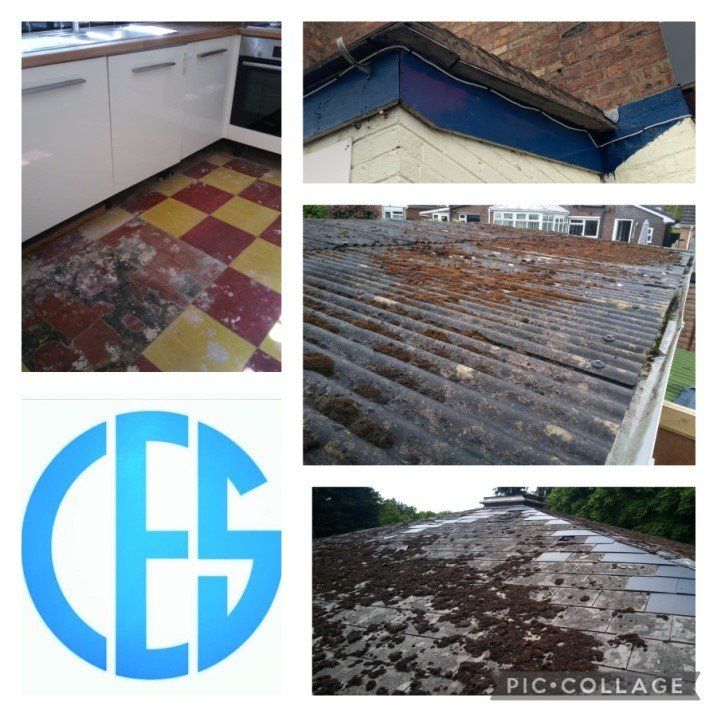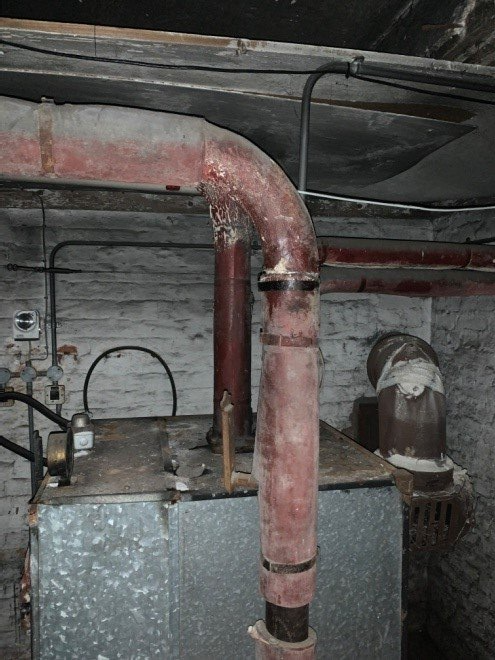How Do I Know If I Have Asbestos In My Home
How Do I Know If I Have Asbestos In My House?
The first thing we would recommend you do, is to find out if your home was built prior to the year 2000, this will help determine the likelihood of Asbestos being in your home.
The reason for this being, that 1000’s of Building materials began being produced with Asbestos in the 1950’s, becoming particularly popular in the UK during the 1960’s, 70’s and 80’s before eventually being banned in 1999, due to the high rising cases of Asbestos related illnesses.
Therefore, if your home was built pre-2000’s then it is much more likely to contain Asbestos materials. If you wish to find out what Asbestos may be within your home, then we would recommend an Asbestos Management Survey.
If you plan to have any Refurbishment works carried out to your home by contractors, then you will need to have an Asbestos Refurbishment Survey carried out by a competent surveyor.
The surveyor will carry out an intrusive inspection to your home, sampling any suspect materials for Asbestos. This is to ensure that any refurbishment works can be carried out safely without putting the contractors and yourself at risk.
The surveyor will then send the samples to the lab and the results will be written up into a detailed report making it clear where the Asbestos materials have been identified.
Materials containing Asbestos should not be disturbed and should be left in situ; Asbestos becomes harmful to humans once airborne. If the Asbestos is exposed it will need to be encapsulated or removed.
For all of your Asbestos related questions/ requirements please contact our friendly reception team at our Head Office;
Email- Info@ces-asbestos.com
Phone- 01939 291074
Website- www.ces-asbestos.com






